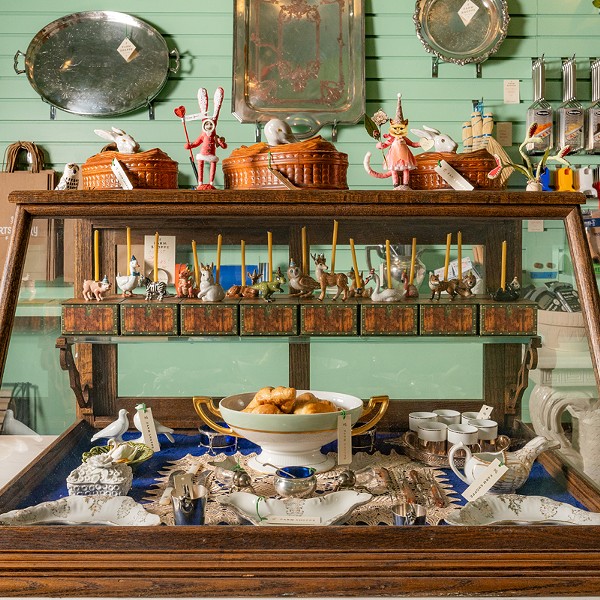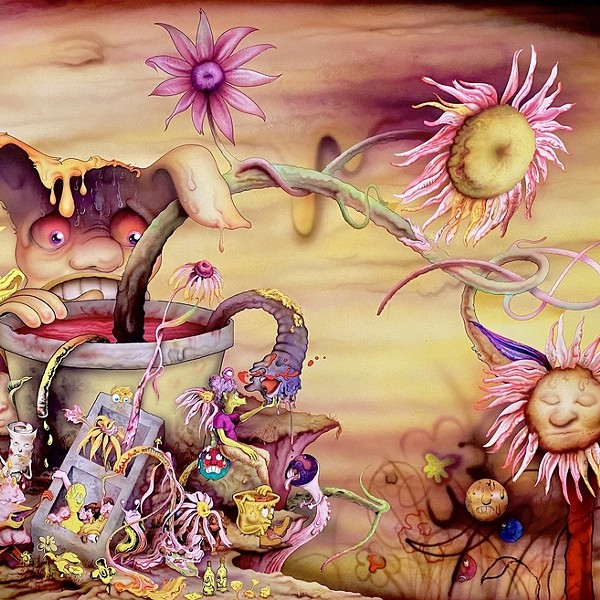Less than a mile from the Hudson River, located at the center of a small but bustling town, the Howland Public Library houses photos of historic Beacon. Nestled discreetly among the shelves between Old Dutchess Forever and The Hudson Throughout the Years is an aging, thinly bound book held together only by its laminated covers. It is a souvenir from Beacon’s “Golden Jubilee” celebration held in June 1963, commemorating the city’s official 50 years of existence. At the beginning of the book is a letter written by the mayor of Beacon at the time, Stanley Odell.
“During the past 50 years, Beacon has progressed slowly, but steadily,” Odell writes. “With continued faith in our community and the splendid cooperation of the citizens, it may well be that 50 years hence, at the time of our centennial, Beacon will be the metropolis of the Mid-Hudson Valley.”
Although Odell’s prediction may not be entirely true just yet, Beacon is anything but faded. It is, however, vastly different from what it once was.
Beacon was named for the lighting posts used as beacons on the mountain that shadows the town, which warned American soldiers of British troop movements along the Hudson River during the Revolutionary War. Beacon has numerous historic sites from that era, including the Madam Brett Homestead (the oldest building in Dutchess County), said to have provided a respite for George Washington during his time spent planning for battles in the Hudson Valley.
Decades before Beacon incorporated as a city in 1913, after the villages of Matteawan and Fishkill Landing merged, the neighboring villages had collaborated on an effort to bring investors and newcomers to the area. In 1898, banks and hotels sprang up along what is now Main Street, preparing for an explosion of business in the years to come. In 1902, an incline railroad on Mount Beacon afforded passengers photo opportunities that rivaled the hills of San Francisco. Trolley cars transported visitors from the east end of Main Street to a casino located next to a powerhouse atop the mountain. From the late 1800s into 1930, impressive factories flanked Fishkill Creek and towered over the small water source, making the town a major headquarters for hat making and milk deliveries. During the 19th century, Beacon was known as the Hat Making Capital of the US, with 50 hat factories in operation at one point.
When the Great Depression hit, Beacon was not immune to its blows. But the town rolled with the punches, so to speak, surviving the Depression only to witness the closing down of its factories in the 1970s. The construction of shopping malls on the Route 9 corridor north of the city contributed further to Beacon’s economic malaise. What followed was a downward spiral that could be seen most detrimentally in its Main Street district.
Ron Iarossi, president of the Beacon Business Association, paints a vivid picture of the city he discovered more than 15 years ago, one that appeared bleak and scary, at least from its storefronts.
“There were a lot of things that needed improvement,” says Iarossi. “The buildings needed improvement. There were a lot of boarded-up buildings, burnt-out buildings, the whole street was pretty shabby. Once all the factories had closed, they lost lots of jobs here, a lot of people moved away. It became a poor town.”
Small-Town Phoenix
But Beacon has proven to be a small-town phoenix, laying down the framework for innovative new business on the ashes of its past. The opening of the Dia:Beacon in 2003 has been credited with putting Beacon back on the map. One of the world’s largest contemporary art musuem’s, the nearly 300,000- square-foot renovated Nabisco box-printing factory on the Hudson River houses masterpieces from the permanent collection of the Dia Art Foundation, like Richard Serra’s Torqued Ellipse series. Museum visitors flood the nearby Metro-North platform on weekends, and many now come to Beacon for Second Saturday, a full range of art events scheduled on the second Saturday of the month that center on the Dia experience. Attendees can walk up Main Street for gallery openings, studio exhibitions, and antique shop sales. But it isn’t just visitors that have benefited from Beacon’s resurgence. Locals frequent their favorite lunch spots like HomeSpun Foods and have exotic cuisine dinner dates at Sukhothai and Isamu. Local and organic fare are available at many eateries, with the west end of Main Street serving upscale burgers and fries at Poppy’s, gourmet ice cream sandwiches at Zora Dora’s, and traditional Polish dishes with a creative twist at Marlena’s Kitchen.













